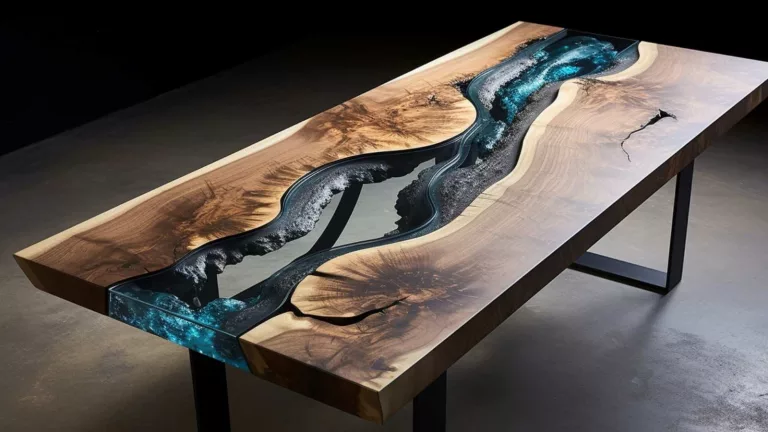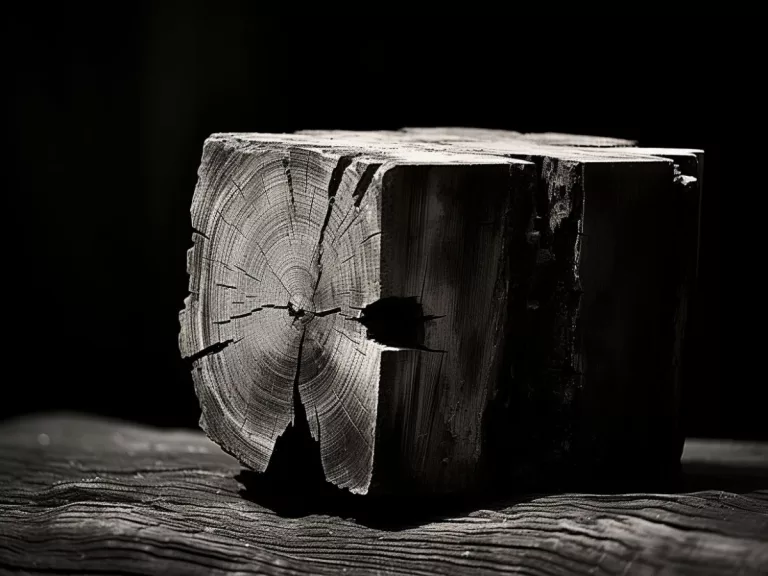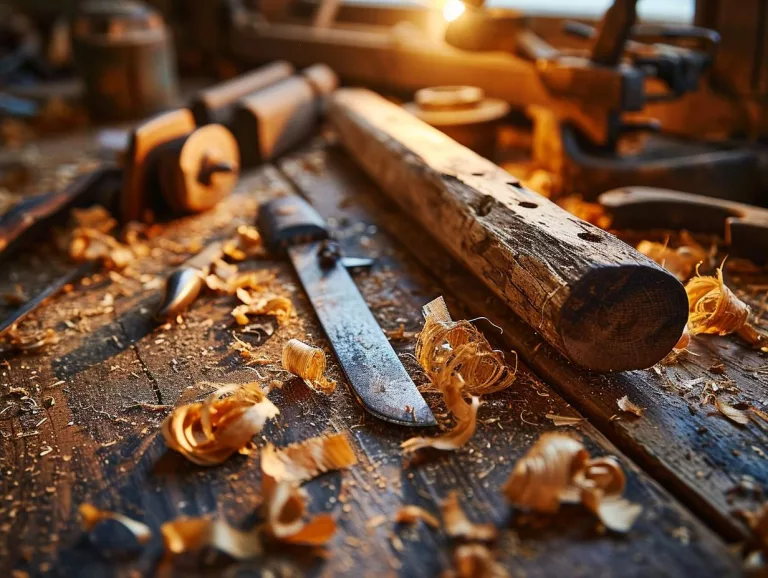Is She Oak a hardwood? Exploring the Mysteries of She Oak
Welcome to a journey through the world of she oaks, where the mysteries of wood classification unfold. More specifically, let’s focus on the question, “Is she oak a hardwood?” First of all, you have to know that she-oak is not an oak but the timber is similar to that of European oaks.
Understanding the nature of different wood types is not just a matter of academic interest; it’s essential for carpenters, environmentalists, and hobbyists alike. The distinction between hardwood and softwood impacts everything from furniture design to ecological conservation.
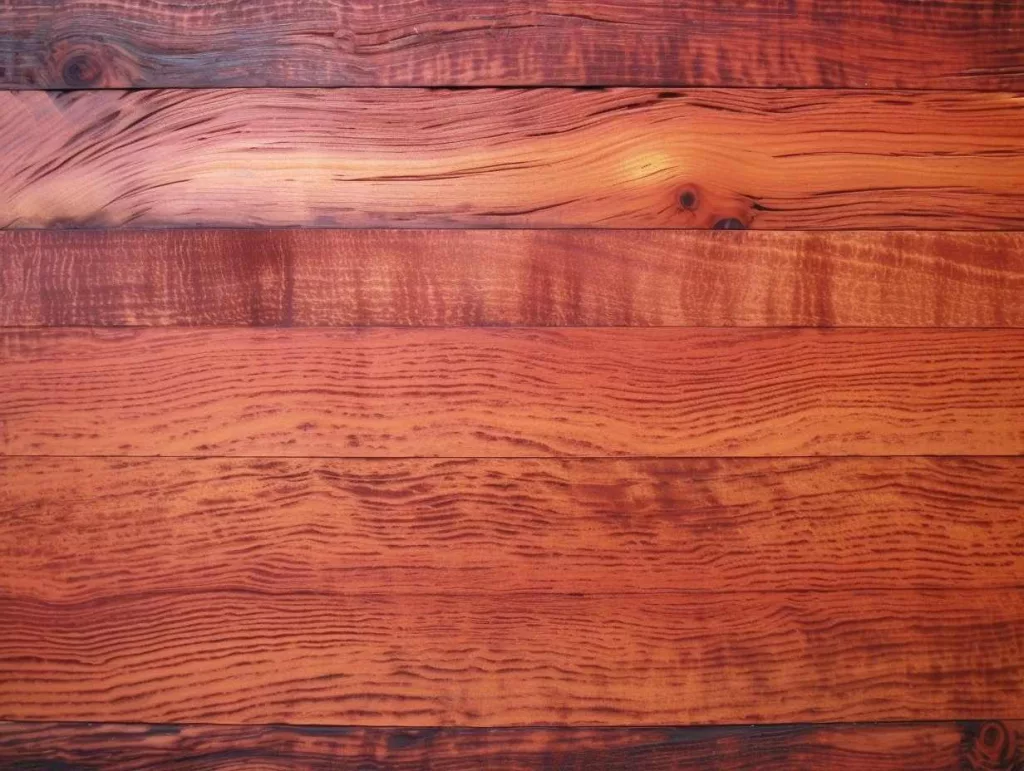
What Defines a Hardwood?
The core question is what exactly makes a wood ‘hard’. This is not solely about physical toughness or density. The distinction lies in botanical classification rather than just physical attributes.
Hardwoods:
- Origin: They derive from angiosperm trees.
- Seed Characteristics: Feature seeds enclosed in fruits or nuts.
- Leaf Structure: Generally have broad leaves.
Softwoods:
- Origin: Come from gymnosperm trees.
- Seed Characteristics: Bear naked seeds without a protective fruit or nut.
- Leaf Structure: Usually possess needle-like leaves.
Importance of Distinction of She-Oak
Understanding this botanical difference is essential to properly classify and comprehend their unique characteristics within the wood spectrum.
- Origin: They are indeed derived from angiosperm trees. Angiosperms are a large group of plants that are distinguished by having seeds enclosed in fruits, which is a key characteristic of hardwoods.
- Seed Characteristics: She-oaks comply with this characteristic of hardwoods. Their seeds are enclosed in a fruit-like structure, aligning with the typical seed characteristics of angiosperms.
- Leaf Structure: This is where sheoaks diverge from the typical hardwood characteristics. While most hardwoods generally have broad leaves, she-oaks have slender, needle-like foliage. This foliage is an adaptation for conserving water and gives them a pine-like appearance, which is more typical of softwoods. However, these are not true needles but rather modified structures that function like leaves.
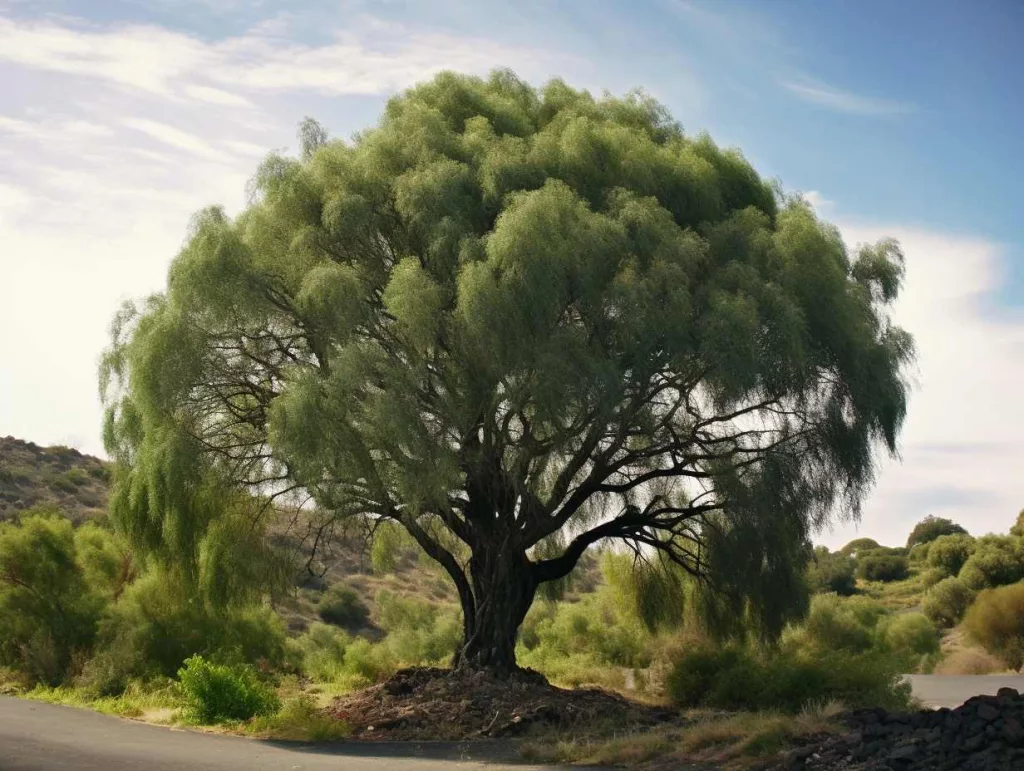
The She Oak (Casuarina): An Overview
“She-oak” is the common name for the trees and shrubs belonging to the genus Casuarina. This means that every tree or shrub referred to as a she-oak is a member of the Casuarina genus.
Native Regions:
- Primarily found in Australia and the Pacific Islands.
- Adaptable to diverse environments, from coastal dunes to arid inland areas.
Appearance:
- Resembles conifers in appearance.
- Actually a member of the angiosperm family, despite its conifer-like look.
Unique Characteristics
They are distinguished by several remarkable features.
Foliage
- Possess slender, needle-like foliage.
- This foliage is an adaptation for water conservation, giving them a pine-like appearance.
Ecological Role
- Act as nitrogen fixers, contributing to soil enrichment.
- Their nitrogen-fixing capability is crucial for ecological restoration and sustainable forestry.
Wood Properties
- The wood is known for its hardness and durability.
- Highly valued in fine woodworking, representing a fusion of aesthetic beauty and structural resilience.
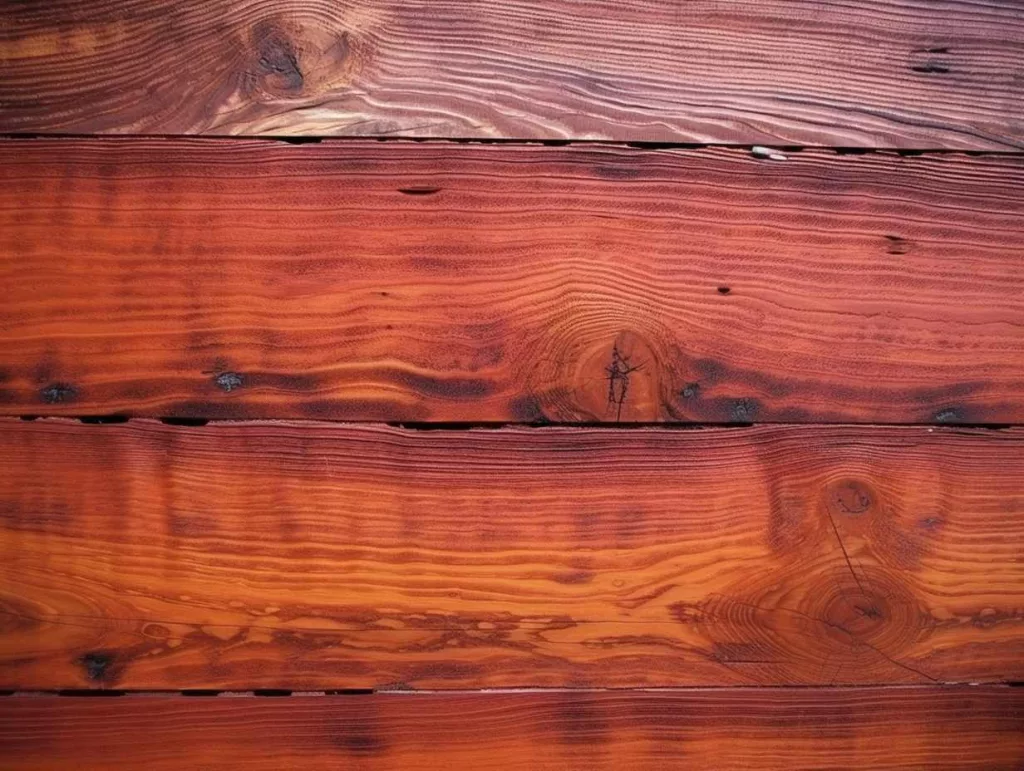
Is It Hard Practically?
She oak wood is known for its significant hardness and durability, aligning with typical hardwood properties.
Practical Implications:
- Highly valued in construction and fine woodworking industries.
- Dense grain and strength make it ideal for furniture, flooring, and woodturning.
- The combination of aesthetic appeal and structural strength enhances its desirability and versatility in various applications.
My Findings
- Working the Wood: It is known for its hardness, which can be both a blessing and a curse. On one hand, its density results in a beautiful, durable finish that’s ideal for high-quality furniture. On the other hand, this hardness means it can be tough on tools. I’ve found that using sharp, high-quality cutting tools is essential when working with she oak to avoid blunting them quickly.
- Finishing and Aesthetics: One of the joys of working with it is the stunning finish it can achieve. The wood has a fine grain that polishes up beautifully. I’ve used various finishes on sheoak, from oils to lacquers, and it responds well to all, highlighting its rich, warm tones and unique grain patterns.

Conclusion
In summarizing our exploration of she oak, it’s clear that this unique tree defies simple categorization. Its classification as a hardwood is supported by its botanical features and physical properties, yet its conifer-like appearance challenges traditional perceptions. The insights from experts and the discussion on its industrial and environmental roles underscore the complexity and importance of accurate wood classification. Ultimately, understanding she oak’s classification is not just about placing it in a category; it’s about appreciating its value and versatility in both ecological and industrial contexts.
Related Reads
- A Cline in Genetic Diversity in River She-Oak Casuarina cunninghamiana
- Australian Journal of Botany
- Is regular oak a hardwood?
FAQs
What is the hardness of Sheoak wood?
The Janka hardness value typically ranges between 1,450 and 2,040 lbf (pounds-force), indicating a high level of hardness suitable for durable applications.
Is Sheoak good timber?
Yes, it is considered good timber, valued for its strength, durability, and unique aesthetic qualities.
Is Casuarina a hardwood?
Yes, Casuarina, commonly known as Sheoak, is classified as a hardwood due to its botanical characteristics.
What is she oak wood used for?
She oak wood is used in fine woodworking, furniture making, flooring, and woodturning, prized for its beauty and strength.

